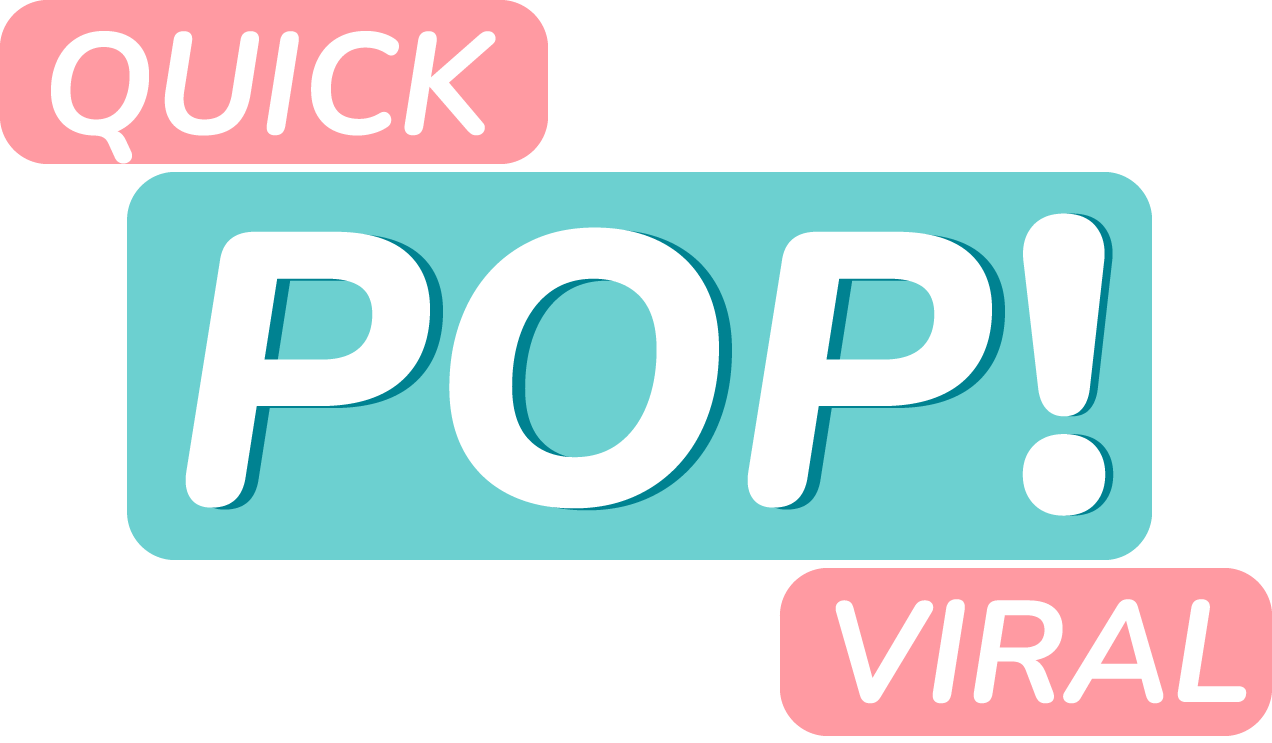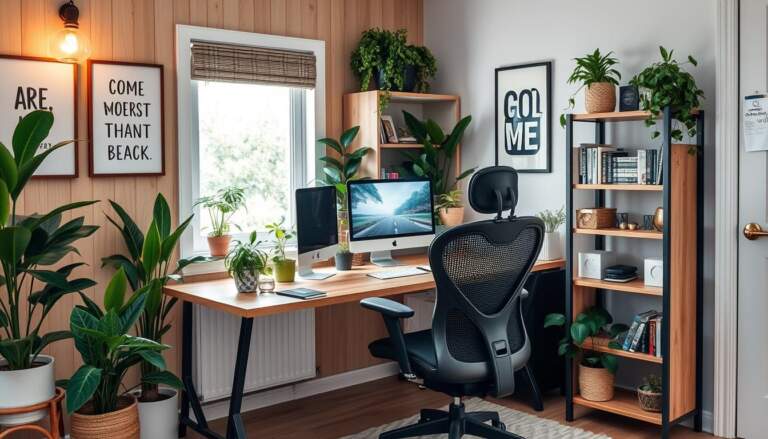Amid the bustling digital age, the allure of smartphones, tablets, and computers is undeniable. However, with Americans averaging four hours of TV and seven-and-a-half hours on digital devices each day, the quest for a balance is paramount. The practice of starting a digital detox has shown to yield profound digital detox benefits, such as enhanced focus and a more fulfilling life beyond the screen12. Whether it’s a brief respite or an extended sabbatical from the digital world, crafting a digital detox plan can usher in a much-needed respite from the incessant ping of notifications and the glare of the backlight.
Initiating this transformation begins with small, deliberate actions aimed at curbing the digital onslaught. It requires recognizing the stress and anxiety that come with perpetual connectivity12 and determining the right strategies to regain control over one’s time and attention. By de-escalating the relentless rush to stay online, a digital detox allows moments of tranquility, where true connection, creativity, and enjoyment of life’s simple pleasures can thrive.
Key Takeaways
- Reducing screen time can significantly alleviate stress and anxiety1.
- A proper digital detox plan is pivotal for improved focus and productivity1.
- Engaging in a digital detox reinforces the value of presence and genuine connection1.
- Starting a digital detox is a step towards enhanced sleep quality and well-being1.
- Lessening device usage opens up opportunities to rediscover offline passions and hobbies1.
- For kids especially, minimizing screen time is essential for better sleep1.
- Embracing periods absent from social media may bolster self-image and reduce social pressure2.
Understanding Digital Overload
In today’s hyper-connected world, the concept of chronic connectivity has become a pervasive issue, leading to significant screen time stress and a host of other health concerns. As we continuously engage with digital devices, the lines between work, social interactions, and personal downtime blur, creating a fertile ground for digital overload.
Chronic Connectivity and Its Stressors
Chronic connectivity refers to the relentless use of digital technology, characterized by an urgent need to stay connected and the compulsion to respond to each notification. This constant engagement keeps our brains on high alert, fostering stress and reducing our ability to focus on the present moment. Studies show that about 61% of people confess to being addicted to the internet and digital devices3. This addiction is partly fueled by the dopamine hits received from each interaction with our screens—a cycle similar to the effects seen in substance abuse3.
Recognizing Signs of Digital Overload
The symptoms of digital overload are varied but can include emotional, physical, and mental manifestations. Individuals might experience frustration, anxiety, or a compulsion to constantly check their devices. Physically, prolonged screen time is linked to eyestrain, sleep disruptions, and headaches. This is particularly true for the 25% of smartphone owners who can’t recall when their phone wasn’t by their side3. Importantly, recognizing these symptoms is the first step towards addressing the underlying issue of digital overload.
The Impact of Screen Time on Health
The health implications of excessive screen time are alarming. Research indicates that heavy smartphone usage can lead to sleep problems, depression, and anxiety, all of which affect overall life satisfaction3. Furthermore, staring at screens can disrupt natural sleep patterns, impacting both mood and health3. To counteract these effects, taking scheduled breaks from digital devices has been shown to lower stress levels and improve wellness3.
The journey towards mitigating digital overload starts with awareness. By understanding and acknowledging the impact of our digital habits, we can forge a path towards healthier interactions with technology that prioritize our well-being over our wired connections.
Realizing the Impact of Digital Devices
The ubiquitous presence of digital devices in our lives has transformed how we interact, work, and relax, but not without significant consequences for our mental and physical health. Understanding these impacts is the first step towards fostering a healthier balance with technology.


How Tech-Use Affects Mental Wellness
The tech impact on mental health is profound, as heavy digital engagement has been linked to increased stress, depressive symptoms, and social isolation4. For instance, studies show that high social media usage can significantly impact young adults, increasing feelings of loneliness and depression4. Moreover, another study linked excessive screen time to decreased life satisfaction4.
To alleviate these negative effects, experts recommend practical measures such as digital detoxing, which has been proven to enhance mental well-being by limiting daily social media time to just 30 minutes4. For more on starting your digital detox journey, consider this helpful guide.
Physical Health Concerns Linked to Device Usage
Physical ailments associated with prolonged device usage physical concerns include eye strain, neck and back problems, and other musculoskeletal issues, which arise from poor posture and non-ergonomic device use5. These physical concerns highlight the necessity for regular breaks and ergonomic setups when using technology.
Disruption of Sleep and Personal Relationships
Sleep disruption tech issues are particularly alarming, with many young adults bringing devices into their bedrooms and using them up to the time of sleep, thus delaying melatonin release and reducing overall sleep quality4. Additionally, device overuse can lead to diminished personal interactions, as digital communication often lacks the depth and fulfillment provided by face-to-face connections5.
| Impact | Statistical Data | Health Concern |
|---|---|---|
| Mental Health | 67% of young adults use phones pre-sleep4 | Increased stress and depression |
| Physical Health | Poor posture issues due to prolonged use5 | Neck and back problems |
| Sleep Quality | 42% text before sleeping4 | Sleep pattern disruption |
Addressing these concerns requires a proactive approach to moderate digital consumption and ensure technology enhances rather than detracts from our quality of life.
The Benefits of Digital Detoxing and How to Start
Engaging in a digital detox provides a myriad of benefits, crucial for enhancing wellbeing in today’s always-connected society. Benefits of a digital detox include improved mental and physical health, increased focus and productivity, and better sleep quality. It’s essential to understand how to digital detox effectively to reap these rewards.


Americans, on average, spend four hours watching TV and about seven-and-a-half hours on digital devices each day6. Such extensive media consumption, including checking smartphones 96 times a day and spending more than two hours on social media67, can lead to digital overload, necessitating a structured detox.
The process of how to digital detox involves multiple steps tailored to individual needs and lifestyles. Firstly, acknowledging the critical signs that signal the need for a detox is crucial. These include feelings of anxiety, depression triggered by negative social media experiences, and the physical symptoms of digital overload such as sleep disruption or increased irritability6.
One popular method for beginning a detox is to focus on social media detox, which has been the most common starting point for many6. Measures can include setting strict time limits for social media use — reducing time spent to approximately 30 minutes per day has shown to markedly decrease feelings of loneliness and symptoms of depression7.
- Identify personal triggers that lead to excessive device use.
- Set clear and achievable goals for reducing screen time.
- Utilize apps to monitor and control your digital device usage.
- Implement ‘tech-free’ zones and times in your household.
By following these steps, engaging in enhancing wellbeing through digital detox becomes achievable and effective. Remember, the goal of a digital detox isn’t to eliminate digital devices entirely but to find a healthier balance that improves overall well-being.
Remember, actionable and consistent steps are key to a successful detox. As stress related to technology use is significant among U.S. adults — with 18% considering it a major source of tension7 — proactive management of your digital habits is essential.
| Issue | Impact | Detox Strategy |
|---|---|---|
| Heavy smartphone and social media use | Increased anxiety, stress, and sleep disorders7 | Limit use to 30 mins/day, avoid bedtime use |
| Constant checking of devices | Decreased productivity and disrupted focus7 | Scheduled breaks, turn off unnecessary notifications |
| Negative online interactions | Lower self-esteem and higher risk of depression6 | Engage in positive communities, mindfulness practices |
By applying these practical strategies, initiating a digital detox can lead to substantial improvements in your life quality, letting you regain control over your digital habits and, consequently, over your overall health and happiness.
Crafting Your Digital Detox Strategy
Embarking on a digital detox requires a well-thought-out plan; it’s about more than just cutting down screen time—it’s about revitalizing your daily life. Approaching it thoughtfully includes setting detox goals that are attuned to your personal lifestyle, fostering a holistic sense of well-being.
Goal Setting and Creating a Digital Detox Plan
When setting detox goals, consider a timeframe that’s realistic yet challenging; typically, a digital detox lasts for about one to two days, providing a brief yet potent period of disconnection8. During this time, focus on engaging with the world and people around you. Socializing face-to-face without the distractions of devices can significantly enhance the benefits of your detox, deepening relationships and reducing the feeling of missing out on important updates8. Moreover, planning your digital detox during periods with fewer responsibilities will further minimize the potential stress of being unconnected8.
Finding Support and Accountability
Undertaking a digital detox isn’t all about solo endeavors; involving friends or family can make it a shared experience. Spending time together can reinforce bonds and provide opportunities to engage in activities that were previously sidelined by digital consumption8. From participating jointly in charitable events to practicing relaxation techniques like meditation, these shared moments can lead to significant stress alleviation8. As reported by licensed clinical social workers, the soaring time individuals devote to their digital devices hints at the importance of establishing accountability to counteract this trending excessive use9.
Implementing Changes and Tracking Progress
To initiate your digital detox strategy, implement changes such as establishing zones or times of day that are tech-free. Substituting digital habits with new activities or skills can combat the boredom that may arise from disconnecting8. Keeping track of these adaptations ensures that you are actively moving towards reduced stress, anxiety, and improved sleep—benefits that extend well beyond the detox period itself9. Remain mindful not to replace one digital habit with another and continuously reflect on the effectiveness of your behavioral adjustments in pursuit of attaining a more balanced and health-aligned lifestyle9.
FAQ
What are some benefits of a digital detox?
How do I start a digital detox?
What are the signs of digital overload?
How does chronic connectivity affect my stress levels?
Can screen time really impact my health?
In what ways can technology use affect my mental wellness?
What physical health concerns are linked to device usage?
How do digital devices disrupt sleep and personal relationships?
What strategies can I implement for a successful digital detox?
How do I track the progress of my digital detox?
Source Links
- The Power of Digital Detox – https://www.nkch.org/blog/the-power-of-digital-detox
- Why a “Digital Detox” Will Benefit Your Overall Mental Health – GoodRx – https://www.goodrx.com/health-topic/mental-health/digital-detox
- Digital Detox: What to Know – https://www.webmd.com/balance/what-is-digital-detox
- How to Do a Digital Detox – https://www.newportinstitute.com/resources/mental-health/digital-detox/
- Digital Detox: How To Reclaim Control of Your Screen Time and Boost Happiness – https://mindfulhealthsolutions.com/digital-detox-how-to-reclaim-control-of-your-screen-time-and-boost-happiness/
- 4 Reasons to Do a Digital Detox – https://health.clevelandclinic.org/digital-detox
- The Benefits of Doing a Digital Detox – https://www.verywellmind.com/why-and-how-to-do-a-digital-detox-4771321
- How to Do a Digital Detox: Expert Tips & Step-by-Step Guide – https://www.wikihow.com/Do-a-Digital-Detox
- How To Successfully Digital Detox: A Comprehensive Guide | Opal – https://www.opal.so/blog/how-to-successfully-digital-detox



